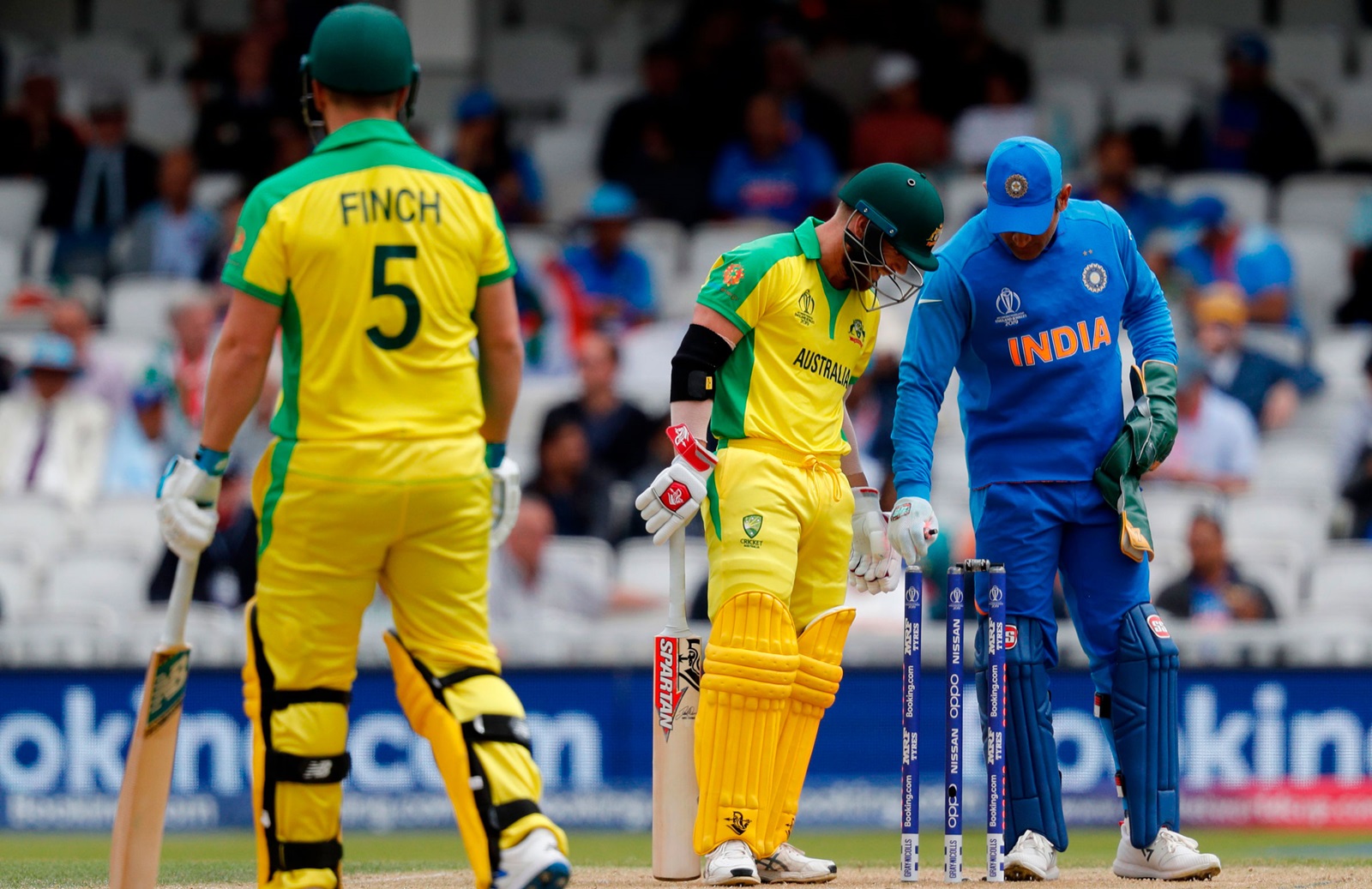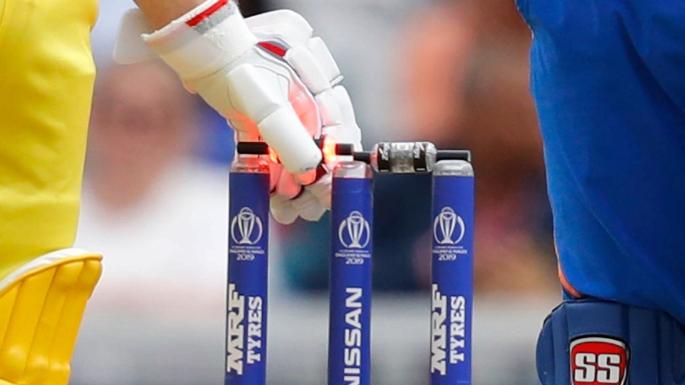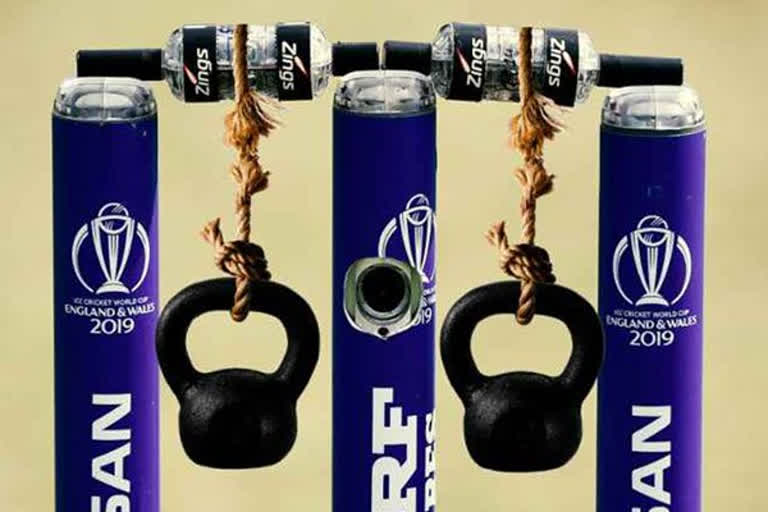London: More than 10 days have passed in the ongoing World Cup and a lot of drama and actions have been already witnessed in the 13th edition of the prestigious quadrennial event.
Be it the harsh treatment with which Steve Smith has been subjected to by the fans in England or the jaw-dropping catches at boundary lines, there has been enough for the cricket fans to keep them glued to their television sets across the globe.
However, one peculiar thing which has been a constant in this World Cup is the failure of wicket bails to fall despite the ball hitting the stumps.
There have been five instances in the 14 matches of the World Cup so far where the 'zing bails', (which contain lights that flash when the ball hit the wicket) have refused to dislodge, despite being hit hard by the ball, and thus, denying the bowlers a hard-earned wicket.

The zing bails -- powered by hidden low voltage batteries -- contain a microprocessor that detects when contact between the bails and the stumps has been broken.
As per the rules of the ICC, "The wicket is put down if a bail is completely removed from the top of the stumps, or a stump is struck out of the ground."
The zing bails used at the World Cup weigh somewhere between a light bail and a heavy bail which would be used for high wind.
On Sunday, David Warner turned out to be the fifth batsmen in the ongoing World Cup who had the lady luck on his side as the bails remained unmoved despite his off stump being clipped by a 140+ Jasprit Bumrah delivery.
In the second over of Australia's big chase of 353, Bumrah bowled a short of length delivery to Warner who hopped across for a defensive push. The ball took the inside edge and rolled onto the leg-stump but the bails remained firm as if telling "hit me hard".
After the match, Indian skipper Virat Kohli said, "I haven't seen that happen so many times in the past."
"I'm sure no team would like seeing stuff like that when you actually bowl a good ball and then you don't get the guy out, the ball hits the stump and the lights don't come on, or the lights come on but the bail comes back on to the stump," he added.
Earlier, Quinton de Kock (off Adil Rashid), Dimuth Karunaratne (off Trent Boult), Chris Gayle (off Mitchell Starc) and Mohammad Saifuddin (off Ben Stokes) all had luck on their side as the bails didn't fall even after the ball hit that stumps, that too firmly.

This failure of the zing bails to fall has led many former cricketers questioning the ICC over their usage.
After Sunday's match at The Oval which India won by 36 runs, former England captain Nasser Hussain said, "This can't keep happening with the bails !!! Hard enough being a bowler nowadays... needs changing."
Former Pakistan speedster Shoaib Akhtar was also off the view that the ICC needs to take a look over the issue. "What's going on?? In my entire life, I have not seen 5 instances like this, let alone in the space of 10 days or a tournament."
Cricketer-turned-commentator Mohammad Kaif tweeted: "These zing bails, something needs to be done. As if applied glue. Lights and stump mic making their mark for probably the 5th time this WC."
However, despite these incidents, the ICC has made it clear that it will not review the usage of zing bails. "The zing bails perform exactly as the regular ones and, in fact, are lighter than those used by umpires when it is windy," an ICC spokesman told The Telegraph. "The lights make any movement more noticeable."
However, in a game which is already titled heavily in batsman's favour, such incidents only take the game further away from the bowlers and the ICC definitely need to review their usage.



